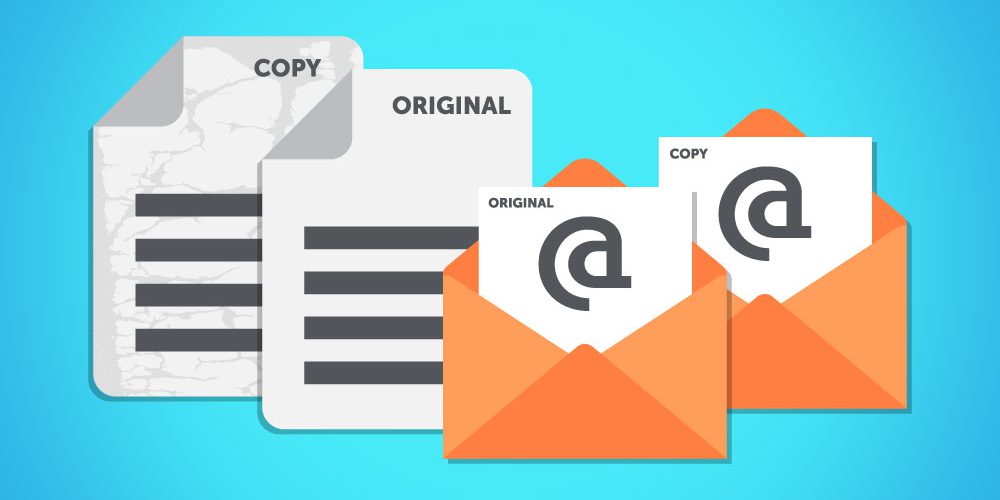Examples of why it is problematic:
- Storage is expensive. Although it seems like less of a problem to store ROT electronically it can actually be more expensive in the long term than paper. For example, extensive ROT that is being accumulated in an unstructured format has the potential for expensive discovery and legal hold work should a suit commence.
- It adds useless clutter, reducing accessibility of information by making it more difficult to find documents you need.
- It is a liability. Keeping information that is no longer useful and that is no longer required by law may create liability risk by preserving evidence that could be deemed adverse.
- Finally, if ROT contains personally identifiable information (PII), keeping it could be illegal.
Tips to Prevent ROT
Redundant data can be prevented by evaluating, then implementing, a well thought out and organized file plan that is easy to use and customized to the needs of the user. For example, grouping functionally similar records in dedicated files and using shortcuts to point to them when needed elsewhere avoids duplication. When using shortcuts, structure stability is crucial for the longevity of the plan, so it is important that the plan is well thought out in advance of implementation. Additionally, procedures can help limit redundant information. For example, designating dedicated roles or users to manage the records and information is a best practice that allows businesses to avoid saving redundant information. Companies often dedicate the first person in the “To” line in an email to save the contents while subsequent people listed and people in the “CC” list do not save.
Obsolete records should be purged as soon as they transition to that status, meaning they are no longer needed based on legal requirements, common practice and business needs. Creating, implementing and following a records retention schedule (RRS) is standard practice in order to properly dispose of obsolete records. When creating or revising a RRS keep in mind that the simpler and more intuitive the schedule, the more likely that employees will adhere and use it properly, which is why a big bucket functional schedule is usually recommended. For more complex organizations a data map may also be useful to pinpoint where the records referenced in the RRS reside electronically or in paper. Follow-through with the destruction of records by scheduling records destruction days dedicated to this task.
Because trivial information usually lies outside the definition of a record, most companies handle it through policies, procedures and training. For example, a policy defining what constitutes a record usually defines the final version as a record while excluding the working versions and drafts. The policy should go on to require that non-records, like working versions and drafts, be destroyed as soon as the final is established. Training is also necessary to place the responsibility of properly destroying trivial information on employees and to prevent information-hoarding which is a common mentality.
Conclusion
While destroying all ROT may be a long-shot goal, following the tips above provides a good first step to prevent compiling new ROT. If you are an established business, you likely already have a significant amount of ROT which is why it is important for you to review your records and information and put together a solid plan to manage new ROT. If reducing extensive existing ROT is an issue, there are software solutions that are designed specifically to help businesses manage their records and information. Examples to help with ROT include file and data analytics software and crawling software which analyzes unstructured data, pinpointing redundant information while auto-categorizing and indexing remaining information to distinguish between ROT and records.
Disclaimer: The purpose of this post is to provide general education on Information Governance topics. The statements are informational only and do not constitute legal advice. If you have specific questions regarding the application of the law to your business activities, you should seek the advice of your legal counsel.

Author: Rick Surber, CRM, IGP
Senior Analyst / Licensed Attorney

